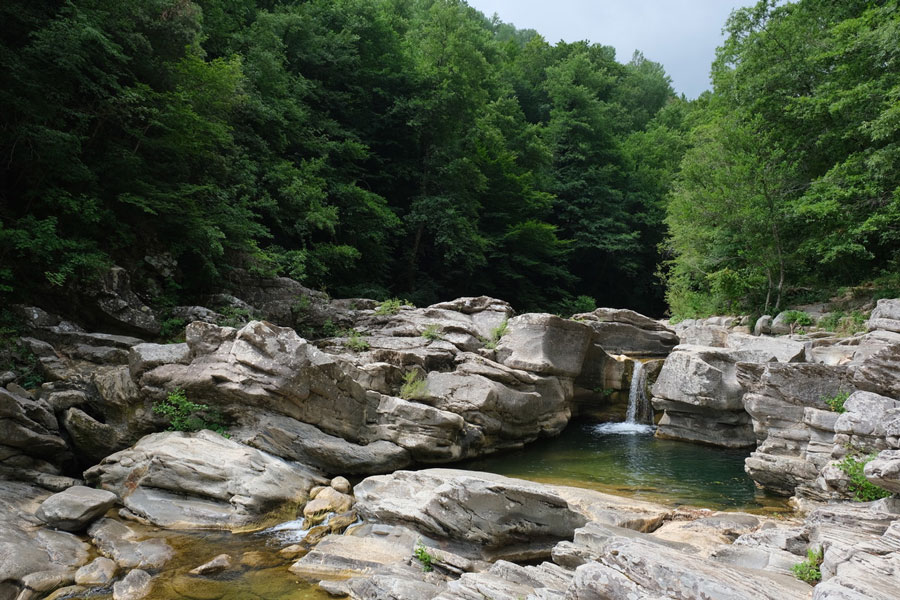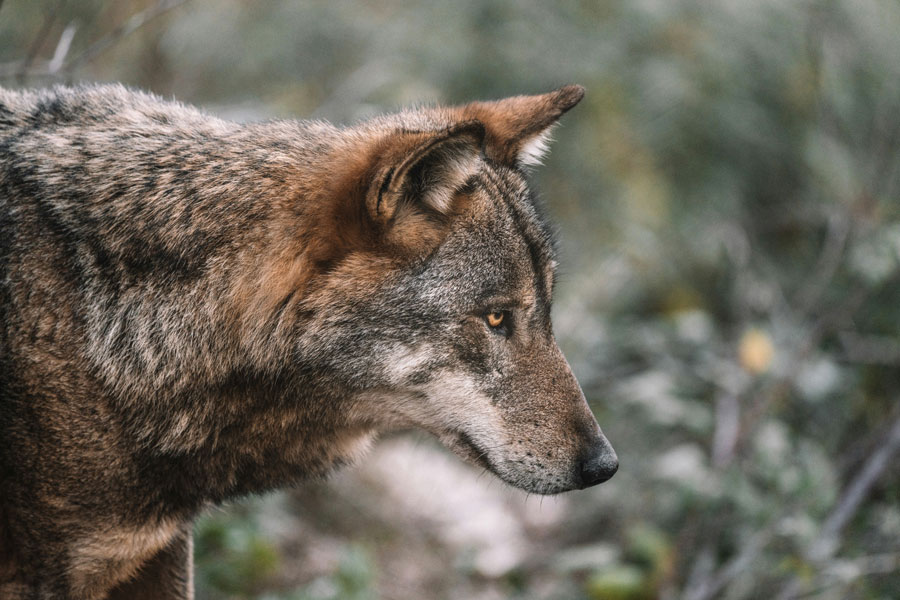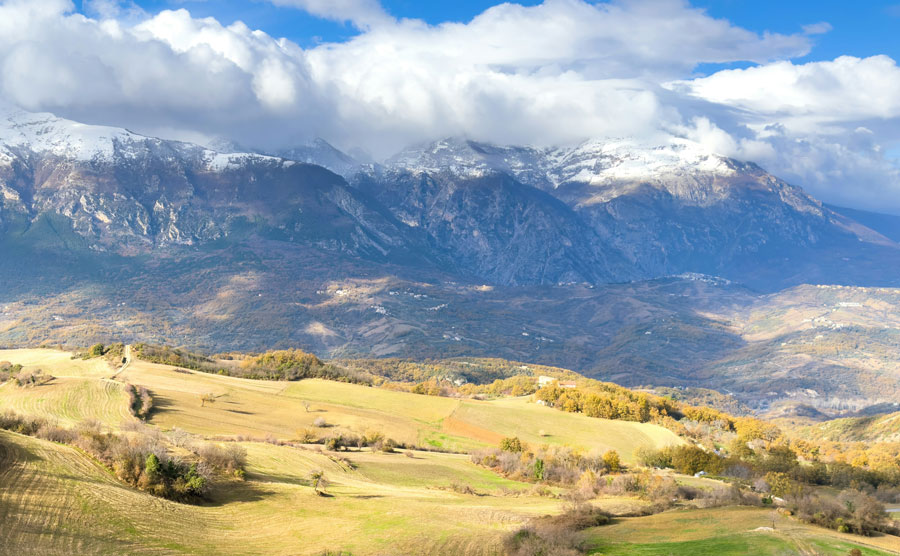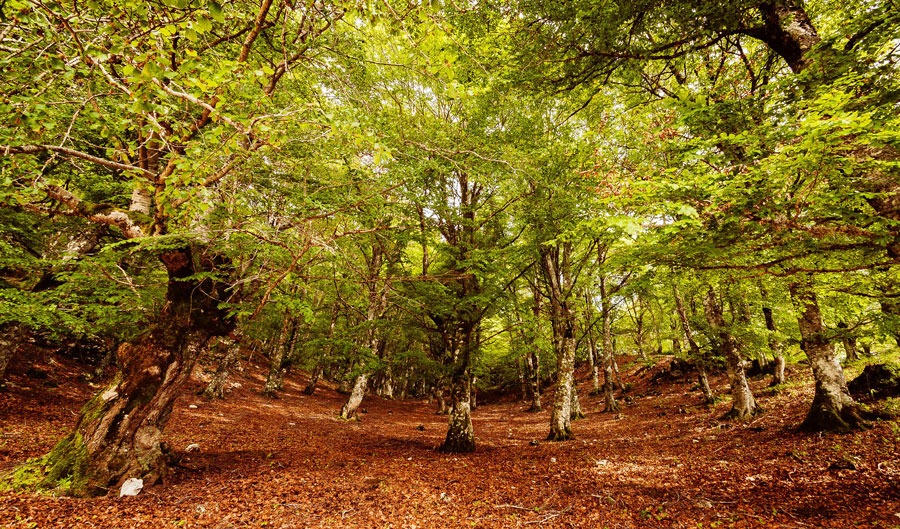Biocredito: Agency for Italian biodiversity and landscape restoration
“il bel paese
ch’Appennin parte e ‘l mar circonda et l’Alpe“
(that beautiful country which the Apennines divide, and Alps and sea surround)
Biocredito was founded in 2023 by Adam Eagle, William Pratesi Urquhart, and Edward Cutler, in order to explore the current and future opportunities for the acquisition and management of rural lands in Italy for purposes of conservation, landscape regeneration (rewilding) and the application of emerging financial tools and methods for investment into nature restoration and ecosystem services. Exploring and implementing such opportunities is our mission.
How will we achieve this?
The exodus from hilly pastoral land and subsequent shrinking of rural communities has already left behind a patchwork of abandoned fields, forests and meadows and has resulted in an enormous expansion of Italy’s trees, now believed to cover above 35% of the entire territory. With over 70% of the population now living in urban or peri-urban areas, every year the areas naturally restituted to nature expand by many thousands of hectares, and the increased wild forest cover provides the perfect opportunity for growth and diversification of Italy’s precious flora and fauna.
At the most simple level, low-grade land can be converted to high carbon and biodiversity-carrying land, with potential for other ecosystem services and land-enhancing, low-impact activities such as ecotourism and regenerative agriculture. At the same time, western businesses and corporations are already exploring the voluntary carbon markets and how to make investments into real projects with high potential for carbon sequestration and biodiversity regeneration. Elsewhere, evolving policies are turning voluntary schemes into obligatory ones, such as biodiversity net-gain in the UK, with signs that, before long, similar obligations will arrive across Europe. We believe Italy can provide a stable and verifiable location to implement such projects with good, quantifiable returns.

Why is this necessary?
Italy has the highest levels of biodiversity in Europe, with 57,000 faunal species and 12,000 plant species, representing over a third of all European biodiversity, with also the highest percentage of endemic species found nowhere else on the continent. Mountains and hills make up 75% of it’s territory, with the alps straddling it’s entire northern limits and the Apennines dividing the length of the country in two, creating a vast number of diverse ecological environments and bioregions, often distant and isolated from human populations and activity.
For this reason, Italy has long been a critical refuge for much of Europe’s fauna, providing a safe haven for endangered species like the Ibex, which survived extinction in it’s remaining redoubt of the Gran Paradiso, or The Italian Grey Wolf who managed to hold out in the Royal hunting reserve of the Apennines in Abruzzo, and from whose offspring we now derive nearly the entire current European populations.

Both those wild locations eventually became Italy’s first National Parks and began the conservation activity of the 20th Century, which has culminated today in just over 20% of the land territory as protected in some form, and a little over 14% of it’s marine areas protected. While the numerous National and Regional parks have been critical to sustaining the country’s biodiversity, they are highly complex and politicised to create, with almost zero possibility of new ones being implemented in the coming years. The future of conservation in Italy, seen by many as critical to preserving European biodiversity, is dependent upon increasing connectedness between it’s existing protected areas through the creation of new private reserves set aside for nature.
On a continent of ever-shrinking wilderness and general collapse in biodiversity, Italy represents one of the few remaining bright spots of European nature, and we believe that this huge natural patrimony has been largely overlooked and undervalued. There remains large areas of landscape, with limited or minimal usefulness for human activity and with relative low land values, which we believe could be aggregated and maximised for nature conservation, regeneration and the provision of ecosystem services.

What will we do?
Following examples being pioneered in the UK, US, Australia and elsewhere, Biocredito’s purpose as an Agency for Italian biodiversity and landscape restoration covers the following elements:
- Identifying projects – estates, marginal, abandoned, under-used or polluted land.
- Identifying unprotected and undervalued lands with potential for biodiversity uplift.
- Biodiversity, and carbon and other ecosystem service mapping of these sites, taking a (natural capital approach).
- Testing and implementing the latest developments in biodiversity monitoring technology, as well as training and employment of a team of specialised “nature counters”.
- Experimentation and proofing of emerging biodiversity and carbon trading mechanisms to identify most effective systems and best practice.
- Rewilding advisory and consultation, including planning of habitat creation and restoration.
- Bringing to bear comprehensive knowledge and familiarity with international schemes around development of payment for ecosystem services models, such as biodiversity net gain, and carbon payments and nutrient neutrality.
- Experimentation and proofing of emerging biodiversity and carbon trading mechanisms to identify most effective systems and best practice.
- Expert planning of habitat creation and restoration.
- Consulting for landowners on how they can be paid for rewilding and on restoring their land, including demonstrating alternatives to CAP payments.
- Finding and securing finance and incentives.
- Buying or leasing land to convert to nature.
- Implementation of biodiversity and carbon credit production, registration and sales.
- Assisting companies and investors to identify and purchase land for compensatory ecosystem restoration, including managing the restoration, certification, registration and verification processes.

In it’s initial phase, Biocredito is looking to achieve the following:
The creation of a pilot scheme, ideally a minimum of 100 hectare site, formerly agricultural or industrial use with a mix of landscape zoning and high potential for restoration and biodiversity uptick over a short time frame. Comprehensive biodiversity and carbon mapping of the entire site will allow us to set the all-important baselines, from which we will devise a comprehensive plan for uplifting carbon and biodiversity in alignment with established or emerging codes and registries in order to generate sellable credits.
At the same time, we will identify Italian and foreign institutional and philanthropic investors, willing to finance the theory and proof of concept, in order to provide the basis for future expansion across the territory.
First potential pilot scheme locations: Lazio, Tuscany and Abruzzo
Who are we?

